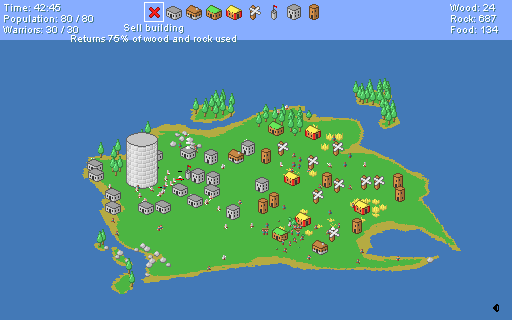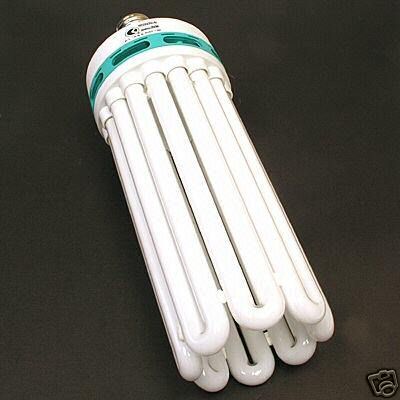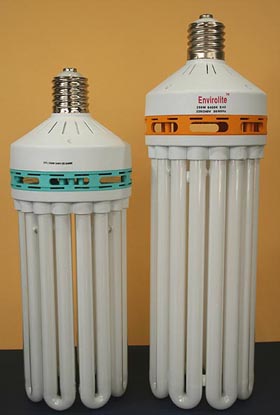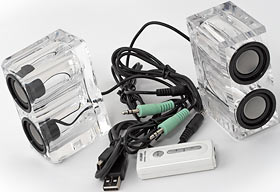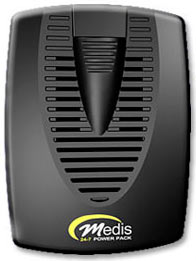
I was intrigued when I read about the Medis 24-7 Power Pack, which is billed as "The World's First Consumer Fuel Cell For Portable Devices".
But, according to my usual habit, I also assumed it was a scam.
The Medis device is, you see, relatively cheap, and disposable - you use it until it's empty, then you throw it away. There are a few other cheap(ish) single-use "fuel cells" on the market today, and as far as I know all of them to date have actually been just zinc-air batteries.
But no; Medis don't just say this product is "a fuel cell", but actually call it a "direct liquid" unit, which I presume means it's running on methanol.
[UPDATE: My readers have wised me up on this subject, now. Clearly, this is a direct borohydride fuel cell. This explains the non-refillability and disposability; DBFCs use extremely alkaline fuel which is unsuitable for handling by Joe Average, and also don't need expensive parts like platinum catalysts, which it'd be crazy to use once and then throw away.]
The fact that you have to peel some tape off the Power Pack to activate it is standard for zinc-air batteries, but it could apply to fuel cells too. It beats me why you can't refuel the Power Pack if it's actually a methanol unit, but let's give Medis the benefit of the doubt here.
Because, I assure you, there are other reasons to be underwhelmed by the Power Pack.
The overall size of the Power Pack is, you see, similar to that of three D batteries. And three alkaline Ds - nominal series-connected output 4.5 volts - are also not short of the Medis pack's rated output voltage.
Medis's somewhat fluffy spec sheet for the 24-7 Power Pack (PDF here) has a confusing graph that appears to say that the Power Pack has a capacity of 20 watt-hours at a constant one-watt discharge.
To deliver one watt, three 1.5-volt D cells in series would need to output 222 milliamps. Let's say 250 milliamps, to allow for terminal voltage falling as the batteries empty. At that discharge rate, a standard Energizer D battery (PDF, data site) has a capacity of about 13 amp-hours. Three of 'em will therefore give you something in the order of 58.5 watt-hours.
The D cells will, to be fair, also weigh a fair bit more than the Medis device. It's 185 grams when full, and apparently less when empty; they're 148 grams each, whether they're fresh or flat. But the Medis device weighs 9.25 grams per watt-hour; the simple alkalines, into the same load, manage a significantly superior 7.6 grams per watt-hour.
And then there's the price. Three alkaline D cells will cost you, what, about nine Australian bucks from the supermarket, for big-brand cells?
The Medis Power Pack will cost you $US29.95.
So the Medis Power Pack costs about $US1.50 per watt-hour. The alkalines are about 13 US cents per watt-hour.
(The Medis price, by the way, doesn't include all the cables and plugs. You have to pay more to get those, but you can of course use them again with future thirty-dollar Power Packs. The Medis FAQ says the kit with cables is supposed to cost thirty bucks, with replacement Power Packs costing only $US19.99, but they seem to have not quite hit that price point.)
Ah, but Dan, I hear you say, that's all very well, but you can't buy an off-the-shelf gizmo that accepts three D cells and has umpteen device-charger plugs, can you?
No, you can't. Well, not as far as I know, anyway. It wouldn't be rocket science for an electronics hobbyist to hack together a battery-holder, regulator and cable to make at least a single-model-of-phone 3-D-cell charger, but I don't know of any off-the-shelf products. (If you do, please tell me in the comments - a gadget that ran from C or D cells, or even a six-volt lantern battery, could be a very useful and not-outrageously-large travel charger for all sorts of small devices.)
There are, however, quite a few other options. EBay's full of "emergency chargers" that accept a single AA cell and come with multi-plugs to charge various brands of phone - delivered price, battery not included, about $US7. These chargers apparently beat an alkaline AA to death in about 90 minutes, but that means they're probably getting about 600 milliwatts out of it (PDF datasheet), for a total of about 0.9 watt-hours.
A pack of four big-brand alkaline AAs is about $AU6 at the supermarket. So even in this inelegant application, you're still only paying about $US1.44 per watt-hour for the alkaline option, plus the trivial price of the charger itself. So even overtaxed AAs are value winners compared to the Medis gadget! (Admittedly, it's only by a few per cent - but you could widen the gap with bulk buys, or cheaper almost-as-good alkalines. The single-AA chargers will probably also work fine with rechargeable cells. And it'd be easy to hack a C or D cell onto one, to get far longer run time and a much happier battery.)
Heck - for easily half the price of a single Medis Power Pack, you can get a little solar multi-phone charger, with a built-in lithium-ion battery, delivered to your door from a Hong Kong eBay dealer! I doubt the poor little battery will last a very long time if you keep sitting the device in the hot sun to recharge (these things can usuallly also charge via USB). But I'll bet you you'll get a lot more than 20 watt-hours out of it. Typical battery ratings for these devices are about 1.3 amp-hours at five volts, so you only need three cycles before you've caught up with the Medis device's capacity. Everything after that is gravy, and you paid half as much in the first place!
One Gizmodo commenter pointed out that "Medis is the miracle promising company. It has promised cancer detectors, an anti-cancer vaccine, a surgery tool, an automobile motor [...household robots, flying cars...], and now this disposable fuel cells which at *last* year's CTIA it said it would be selling last year."
(Here's a Medis press release from 1997 which says that they're making great progress with their cancer detector and breast cancer vaccine!)
If Medis are indeed basically vapour-mongers, then I suppose it's perfectly possible that they're just selling zinc-air batteries with a sticker on the side that says "direct liquid fuel cell". If this thing is a real fuel cell, you'd really think you'd be able to refill it, and not just throw the whole contraption away when it uses up its fuel.
But, just as with the misleadingly-labelled zinc-air batteries, you can't.
[See the update above for why.]
So frankly, I don't care whether the Medis 24-7 Power Pack is a real fuel cell or not. Either way, it's lousy.
(See also this piece, about the similarly disappointing but much larger Voller Automatic Battery Charger.)
UPDATE: It's even worse than I thought. As "Techskeptic" points out in the comments below, when he tested some 24-7 Power Packs he found they didn't even come close to their sticker capacity.
